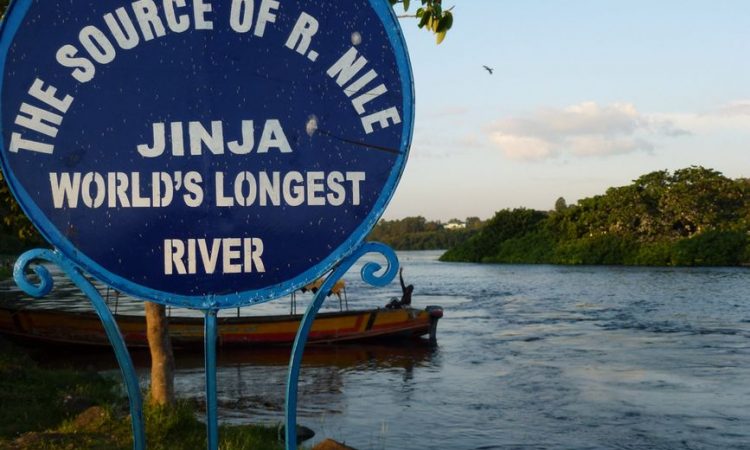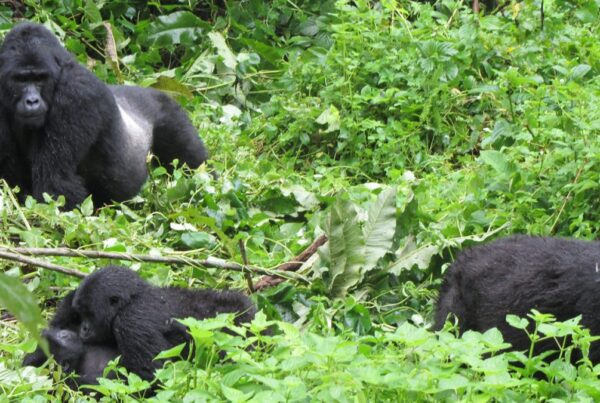3-Day Itinerary: Source of the Nile Seasonal Guide for Photographers
Capturing the Birthplace of a Legend
The Source of the Nile, where the world’s longest river begins its timeless journey, is not only a geographical wonder but also a dreamscape for photographers. Located in Jinja, Uganda’s adventure capital, this sacred point where Lake Victoria releases its waters into the Nile has fascinated explorers, travelers, and artists for centuries. For photographers, it offers an infinite interplay of light, motion, and culture, a canvas where every season tells a different story.
Planning a 3-day itinerary at the Source of the Nile allows one to not merely see but to truly immerse in the rhythms of this legendary river. From golden sunrise reflections to cultural encounters and adrenaline-charged moments on rapids, each season transforms the same landscapes into new masterpieces. With thoughtful timing and artistic perspective, the lens becomes a bridge between natural majesty and human heritage.
Location and Access to the Source of the Nile
Gateway to Uganda’s Photographic Treasure
The Source of the Nile is situated in Jinja, approximately 80 kilometers from Uganda’s capital, Kampala. The journey by road takes two to three hours, passing through vibrant trading centers, lush countryside, and expansive sugarcane plantations. For those seeking convenience, private transfers are readily available, ensuring comfort and flexibility for carrying delicate camera gear.
On arrival in Jinja, the river reveals itself in stages—first in quiet channels, then in surging rapids, and finally at the exact point where Lake Victoria gives birth to the Nile. Accessibility remains one of the site’s advantages, allowing both seasoned photographers and first-time visitors to explore without logistical strain. This ease of access ensures that more time is dedicated to framing shots rather than enduring journeys.
Seasonal Guide for Photographers
The Dry Season: Clarity and Golden Hues
From December to February and again from June to September, the region experiences its dry seasons, characterized by clear skies and brilliant sunlight. Photographers find this period ideal for capturing crisp landscapes and richly lit river scenes. Sunrises reflect golden tones on calm waters, while evenings produce dramatic silhouettes of fishermen casting nets against a fading sky.
Wildlife along the banks also becomes more visible as vegetation thins, allowing for clearer framing of kingfishers, cormorants, and monitor lizards basking on rocks. The dry season’s predictability benefits those who seek precision, making it perfect for commercial shoots, travel photography projects, or editorial work.
The Wet Season: Mist, Atmosphere, and Drama
March to May and October to November mark the wet seasons, bringing frequent rains and a transformed mood to the Source of the Nile. For photographers who crave atmosphere, this season is unmatched. Mists rise from the river at dawn, draping the landscape in a mystical veil that softens light and creates ethereal frames. Rain-washed foliage glows in deep greens, adding vibrancy to compositions.
The rapids swell, creating dramatic action shots of foaming currents and kayakers braving the surge. While lighting may challenge those unprepared, it rewards patience with moments of unrepeatable beauty. Raindrops on the river’s surface, clouds mirrored in still backwaters, and fleeting rainbows across the horizon all become opportunities to capture storytelling through imagery.
Day 1: Arrival and Evening Glow at the Nile
The first day of a 3-day itinerary begins with arrival in Jinja and orientation at the river’s edge. As the sun descends, the Source of the Nile reveals its calmest side, inviting photographers to capture sunset reflections, fishermen at work, and silhouettes of boats drifting across Lake Victoria’s outlet. The evening glow casts a warm palette, making this session a gentle initiation into the timelessness of the river.
Nightfall provides additional opportunities. Long-exposure photography captures the shimmer of stars mirrored on water, while riverside lodges, softly lit against the darkness, add a human element to the vast scene. The first day establishes both a connection and anticipation for deeper exploration to come.
Day 2: Exploring Rapids and Cultural Encounters
The second day is dedicated to motion and human interaction. Morning begins with photographing the rapids upstream, where kayakers and rafters battle currents that seem sculpted for drama. Freezing action shots of sprays against blue skies, or experimenting with slower shutters to capture blurred motion of rapids, rewards with images that embody the Nile’s restless spirit.
Later in the day, the lens turns toward Jinja’s cultural life. Craft markets, colonial architecture, and vibrant street scenes offer rich storytelling layers. Portraits of artisans at work, children playing along the riverbanks, and traditional boats resting against papyrus-fringed shores highlight the inseparable bond between people and the river. Evening offers another golden-hour session, this time focusing on human activity intertwined with natural beauty.
Day 3: Dawn Mysticism and Farewell Frames
The final day of the itinerary begins before sunrise, as the river unveils its most mystical side. Mist drifting above water, fishermen quietly setting off, and the first rays of sun piercing through clouds create a palette of soft light and hushed tones, perfect for atmospheric compositions. This session becomes the emotional climax, the moment when the river reveals its spiritual essence through the lens.
As midday approaches, opportunities arise to explore wetlands and islands nearby, offering chances to photograph birdlife such as kingfishers, herons, and African fish eagles in their natural habitats. These intimate encounters add delicate finishing notes to the photographic journey.
Departure in the afternoon or evening completes the experience, but the photographs captured remain as enduring testaments to the Source of the Nile’s power to inspire artistry.
Practical Tips for Photographers
Respecting the Rhythm of the River
Photography at the Source of the Nile requires not only technical skill but also respect for the environment. Tripods are essential for low-light scenes, waterproof covers protect gear during rains, and patience ensures that fleeting atmospheric moments are not missed. Most importantly, cultural sensitivity when photographing local communities guarantees that images reflect dignity and authenticity.
Seasons as Storytelling
The decision of when to visit shapes the narrative captured. The dry season tells stories of clarity, structure, and open horizons, while the wet season offers tales of mystery, mood, and unpredictability. Each season provides its own character, and the best photographers embrace both, weaving them into complete visual stories of the river’s identity.
To spend three days at the Source of the Nile is to experience a place where time seems to flow as steadily as the river itself. For photographers, it becomes a classroom of light, mood, and storytelling, offering lessons that cannot be replicated elsewhere. Each season writes its own script: dry months reward with golden precision, while wet months whisper in mist and shadow.
The Source of the Nile is not only a geographical wonder but a living muse, inspiring those who look through the lens to see more than scenery. It reveals a relationship between water, people, and history, one that transcends mere travel and enters the realm of artistry. To add it to a bucket list is to honor both adventure and creativity, ensuring that its memory flows as endlessly as the river itself.
Book Your African Safari and Photography Journey
For travelers and photographers ready to immerse in this timeless wonder, professional guidance ensures an experience that is seamless, enriching, and unforgettable. To capture the Source of the Nile and other African treasures with expertise and comfort, it is recommended to book your Africa tours and safaris through WildHorn Africa, where every detail is designed to turn a photographic dream into a living masterpiece.





 WildHorn Africa – Authentic and unforgettable tours across Africa, guided by local experts who know the land, wildlife, and culture best.
WildHorn Africa – Authentic and unforgettable tours across Africa, guided by local experts who know the land, wildlife, and culture best.


